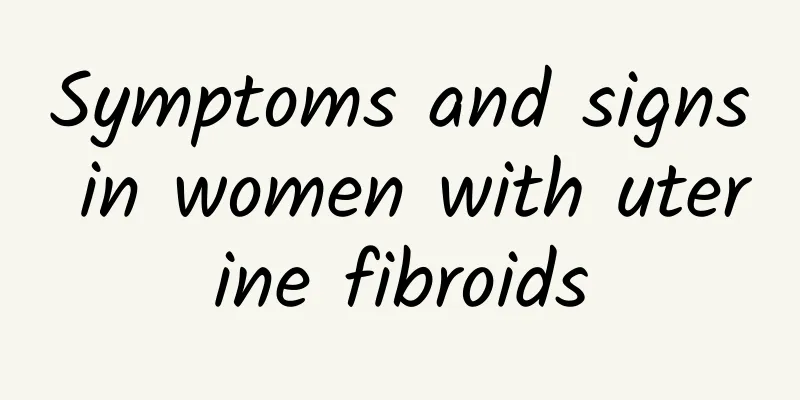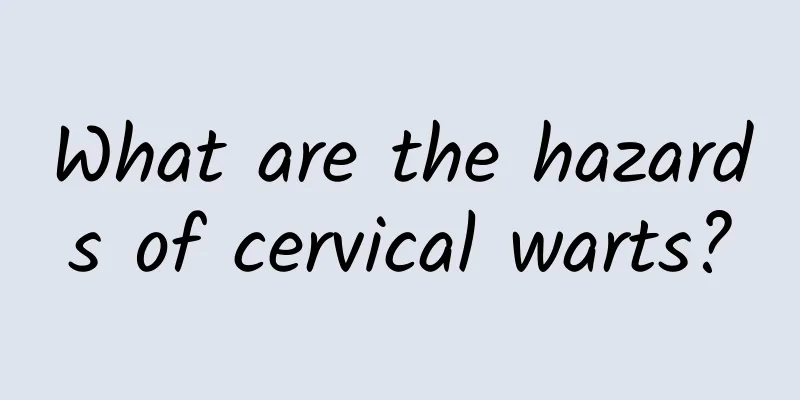Are breast cysts and uterine cysts serious?

|
Breast cysts and uterine cysts are generally not serious and are mostly benign lesions, but whether to treat or undergo surgery depends on the specific size, development and symptoms. If the cyst is small and has no obvious symptoms, it can usually be treated with observation and regular checkups after evaluation by a doctor; if the cyst develops rapidly, the symptoms are obvious, or there is a risk of cancer, intervention measures may be required. Breast cysts are often caused by fluctuations in hormone levels or degenerative changes in breast tissue, and are particularly common in women of childbearing age. Mild cysts may be asymptomatic and only found during palpation or imaging examinations; larger cysts may cause breast tenderness and discomfort when touched. When cysts cause persistent pain, rapid growth, or abnormal shape or texture, be alert to the risk of lesions. Usually, a clear diagnosis can be made through B-ultrasound and mammography, and treatment methods include aspiration of effusions, medication to regulate hormone levels (such as tamoxifen), or surgical removal. Uterine cysts mostly occur in the ovaries, cervix, or uterine cavity, mainly due to chronic inflammation, hormonal abnormalities, endocrine disorders, and other reasons. Some are asymptomatic and may be accompanied by menstrual disorders, abnormal leucorrhea, or lower abdominal pain. In severe cases, they may cause reproductive health problems. Treatments for cysts include drug therapy (such as oral contraceptives, progesterone regulation), surgery (such as laparoscopic cyst removal), or anti-inflammatory treatment to prevent further development. Breast cysts are often caused by fluctuations in hormone levels or degenerative changes in breast tissue, and are particularly common in women of childbearing age. Mild cysts may be asymptomatic and only found during palpation or imaging examinations; larger cysts may cause breast tenderness and discomfort when touched. When cysts cause persistent pain, rapid growth, or abnormal shape or texture, be alert to the risk of lesions. Usually, a clear diagnosis can be made through B-ultrasound and mammography, and treatment methods include aspiration of effusions, medication to regulate hormone levels (such as tamoxifen), or surgical removal. Uterine cysts mostly occur in the ovaries, cervix, or uterine cavity, mainly due to chronic inflammation, hormonal abnormalities, endocrine disorders, and other reasons. Some are asymptomatic and may be accompanied by menstrual disorders, abnormal leucorrhea, or lower abdominal pain. In severe cases, they may cause reproductive health problems. Treatments for cysts include drug therapy (such as oral contraceptives, progesterone regulation), surgery (such as laparoscopic cyst removal), or anti-inflammatory treatment to prevent further development. For patients with breast cysts and uterine cysts, regular physical examinations and B-ultrasound monitoring are very necessary. Usually, the cycle is six months to one year. At the same time, maintaining a healthy diet, regular work and rest, and avoiding excessive obesity or excessive stress will help reduce the risks associated with cysts. If symptoms such as persistent pain, irregular bleeding, and rapid enlargement of the cyst occur, you should see a doctor as soon as possible, and have a professional doctor diagnose and clarify the treatment plan. |
<<: What are the Chinese patent medicines for treating liver depression and spleen deficiency?
>>: How many days of pregnancy can painless abortion be performed
Recommend
Is abdominal wall endometriosis serious? What are the symptoms?
Is abdominal wall endometriosis serious? Abdomina...
Experts explain to you the relevant knowledge of Candida vaginitis
Candidal vaginitis is a gynecological disease cau...
Most infertile women experience dysmenorrhea
With today's medical level, there are good tr...
What are the symptoms of female cervical erosion? These three common clinical manifestations of female cervical erosion
Cervical erosion is a very common gynecological d...
Recurrence of pelvic effusion after surgery
I had a history of pelvic effusion many years ago...
Criteria for grading cervical erosion based on symptoms
By analyzing the symptoms of cervical erosion, th...
What are the dangers of abortion to women? See what doctors say
In fact, abortion should be a very minor operatio...
How to take good care of vulvar leukoplakia
Vulvar leukoplakia may not be well known by many ...
What are the dangers of cervical precancerous lesions?
Cervical precancerous lesions are a disease that ...
Is threatened miscarriage a serious problem?
Women are very weak during pregnancy. Threatened ...
How long after a medical abortion can I wash my hair? What are the precautions after a medical abortion?
Many women are afraid to take a bath or wash thei...
What medicine is needed to treat uterine fibroids? What medicine is better for treating uterine fibroids?
Uterine fibroids are a common gynecological disea...
Can patients with congenital absence of vagina eat soy products?
Congenital absence of vagina is extremely difficu...
To prevent vaginitis, you need to take the right approach
Vaginitis is a relatively serious disease among w...
Will excessive sexual activity lead to cervicitis? What are the common causes of cervicitis?
Many women may be told that they have cervicitis ...









